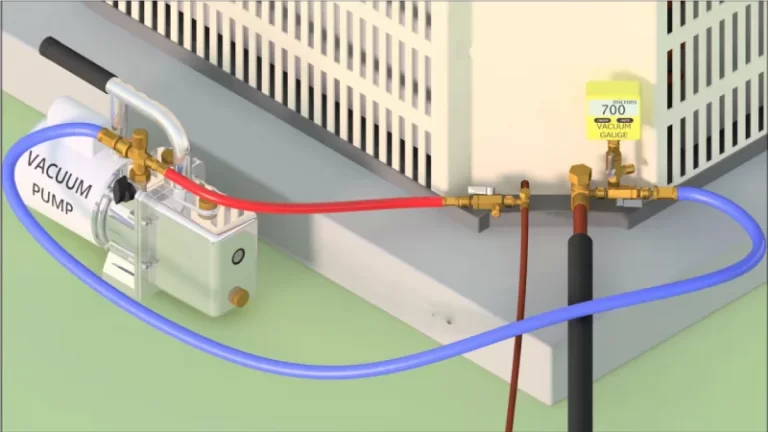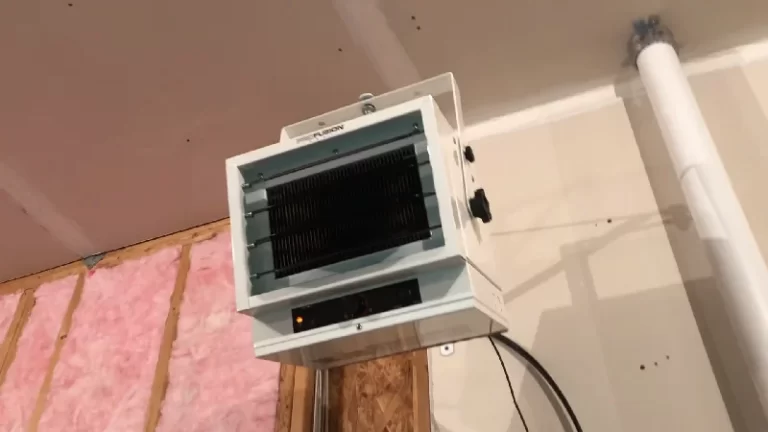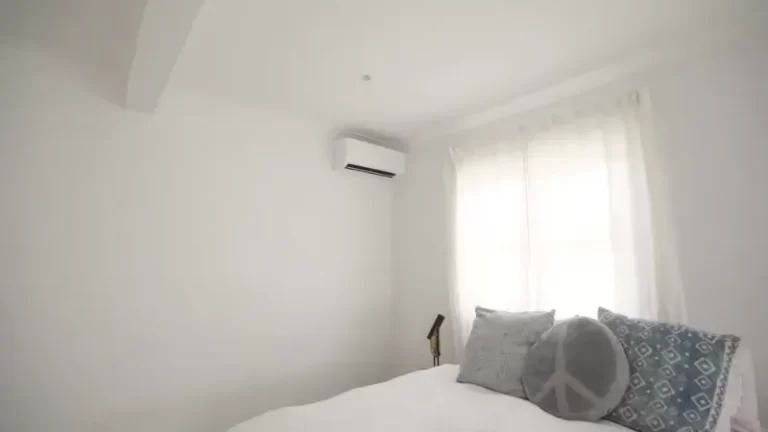Radiator Fire: Is Your Heater a Ticking Time Bomb?
That radiator in the corner of your room provides essential warmth, a silent guardian against the cold. But what if that guardian has a dark side? The thought of a radiator fire is unsettling, yet every year, heating equipment is linked to thousands of home fires, injuries, and devastating property loss.
Many people assume that a standard radiator, especially a hot water or steam unit, can’t possibly start a fire. While it’s true they are generally safer than other heating methods, the risk is far from zero. Understanding the hidden dangers is the first step toward protecting your home and loved ones from a preventable disaster.
You'll Learn About
Understanding the Risk: Can Your Radiator Actually Catch Fire?
The term “radiator fire” can be misleading. While the unit itself might not spontaneously burst into flames, it can absolutely create the conditions for a fire to start. The primary dangers stem from electrical malfunctions and the ignition of nearby combustible materials.
Electric radiators, including oil-filled models and baseboard heaters, pose the most direct risk. Faulty wiring, aging components, and power surges can cause them to overheat or spark, igniting internal parts or nearby items. Central heating radiators (hot water or steam) are less likely to cause fires on their own, as their surface temperatures typically don’t reach the ignition point for most materials. However, they can still contribute to a fire by drying out and scorching flammable objects placed too close to them over long periods.
Electric and Oil-Filled Radiators: A Closer Look at the Culprits
Portable electric and oil-filled heaters are incredibly common, but they are also a leading cause of home heating fires. The heating elements in these devices reach very high temperatures, making them a significant ignition source. According to the U.S. Fire Administration, portable heaters are involved in a staggering 41% of fatal heating fires in residential buildings.
The main culprits are often user error and lack of maintenance. Placing these heaters too close to bedding, curtains, or furniture is a frequent cause of disaster. Furthermore, plugging powerful heaters into extension cords or overloaded power strips can cause the wiring to overheat and ignite.
Central Heating Systems: Are They Immune?
While central heating systems with hot water or steam radiators are inherently safer, they are not entirely without risk. A key concern is the accumulation of dust and debris within the radiator fins, which can become a fire hazard if the system malfunctions and overheats. Dust itself is flammable, and a thick layer can ignite under the right conditions.
Another overlooked risk involves leaks. A slow leak from a radiator or its pipes could drip onto a nearby electrical outlet or power strip, creating a severe short circuit and fire hazard. Regular inspection and maintenance are crucial to prevent these less obvious dangers.
The Hidden Dangers: Uncovering the Root Causes of Radiator Fires
A radiator fire is rarely a random event. It is almost always the result of a chain of preventable circumstances. The most common cause is placing combustible items too close to the heat source. This simple act of negligence accounts for nearly half of all portable heater fires.
Beyond proximity issues, electrical failures are a major contributor. This includes frayed cords, damaged plugs, and internal wiring faults that can develop over time. Using extension cords is another critical mistake, as most are not rated to handle the high, continuous power draw of a heater, leading to overheating and potential ignition.

Don’t Get Burned: A Step-by-Step Prevention Guide
Preventing a radiator fire comes down to a combination of proper usage, regular maintenance, and situational awareness. By implementing a few key safety rules, you can dramatically reduce your risk and ensure your heating system remains a source of comfort, not a hazard.
These preventative measures apply to all types of radiators, from portable electric units to permanently installed central heating systems. Diligence is your best defense against a heating-related catastrophe.
The “Clear Zone” Rule: Keeping Flammables at a Safe Distance
The single most important rule is to maintain a safe clearance around your radiator at all times. Fire safety experts recommend keeping anything that can burn at least three feet (or one meter) away from all heating equipment. This includes furniture, curtains, bedding, clothes, paper, and rugs.
Never use a radiator as a shelf or a drying rack. Draping clothes or towels over a heater not only creates a serious fire hazard but also blocks the efficient distribution of heat. It’s crucial to educate everyone in the household, including children, about this fundamental safety rule.
| Item | Minimum Safe Distance | Risk Factor |
|---|---|---|
| Furniture (sofas, chairs, beds) | 36 inches (approx. 91 cm) | High |
| Curtains & Drapes | 36 inches (approx. 91 cm) | High |
| Bedding (blankets, comforters) | 36 inches (approx. 91 cm) | High |
| Clothing & Towels | Never place on radiator | Extreme |
| Paper, Books, & Magazines | 36 inches (approx. 91 cm) | Moderate |
| Rugs & Carpets | Keep unit on a hard, level surface away from rugs | Moderate |
The Dos and Don’ts of Radiator Use
Proper operation is key to safety. Always plug electric heaters directly into a wall outlet. Never use an extension cord or power strip, as they can easily overload and start a fire. If the heater’s cord feels hot to the touch during operation, unplug it immediately and have it inspected by a professional.
Ensure your portable heater is placed on a stable, level surface where it won’t be easily knocked over. Modern heaters often come with a tip-over switch that automatically shuts the unit off if it falls, but this should be considered a backup safety feature, not a substitute for proper placement.
Essential Maintenance Checks You Can’t Afford to Skip
Regular maintenance is non-negotiable. Before each heating season, inspect your radiators and their power cords for any signs of damage, such as cracks, fraying, or loose connections. For central heating systems, it’s wise to have a professional HVAC technician perform an annual checkup.
Keep your radiators clean. Dust and debris can accumulate between the fins, posing a fire risk and reducing efficiency. Gently vacuum your radiators with a brush attachment at the beginning of the heating season and periodically throughout the winter.
Warning Signs Your Radiator is a Fire Hazard
Your radiator will often provide warning signs before a catastrophic failure. Being able to recognize these signals is crucial for early intervention. Pay close attention to any changes in your heater’s operation, smell, or sound.
Ignoring these red flags can have dire consequences. If you notice any of the following signs, stop using the appliance immediately and investigate the issue or call a professional for help.
Decoding Dangerous Odors
A faint burning smell when you first turn on a heater for the season can be normal as dust burns off. However, a persistent smell of burning plastic, rubber, or an acrid, chemical odor is a major red flag. This could indicate overheating wiring or melting components.
If your house suddenly smells like crayons, this could point to a serious electrical issue with an appliance or wiring overheating. Do not dismiss such unusual odors; they are often the first sign of a dangerous electrical fault. You can learn more about this specific warning sign by reading about what a crayon smell in the house could mean.
Listening for Trouble: Clicks, Buzzes, and Pops
Radiators should operate relatively quietly. While some minor clicking as metal expands and contracts is normal, loud or persistent buzzing, humming, or popping sounds are not. These noises can indicate a serious electrical problem within the unit or its connection to the power source.
Similarly, if you hear unusual sounds from your walls, it’s important to investigate. While it might be unrelated to your heating system, any abnormal noise like a scratching sound in the wall of your apartment warrants a closer look to rule out potential hazards.
Visual Red Flags: Scorch Marks, Leaks, and Damaged Cords
A visual inspection can reveal a lot about the health of your radiator. Look for scorch marks or discoloration on the unit itself, the wall behind it, or the electrical outlet it’s plugged into. These are clear signs of overheating.
Check the power cord regularly for any signs of damage, such as fraying, melting, or cracking. A damaged cord is a severe fire and shock hazard. Also, be vigilant for any signs of leaks from central heating radiators, as water and electricity are a dangerous combination.
What to Do in an Emergency: Your Action Plan for a Radiator Fire
In the unfortunate event that a radiator does catch fire, your immediate actions can make the difference between a minor incident and a major tragedy. The key is to act quickly and safely, prioritizing personal safety above all else.
Having a clear plan and the right equipment on hand is essential. Every household should have functioning smoke alarms and a readily accessible fire extinguisher rated for electrical fires (Class C).
Step 1: Cut the Power Immediately
If it is safe to do so, your first step is to cut off the electricity to the appliance. For a portable heater, unplug it from the wall. For a central heating system component, you may need to use the emergency shut-off switch or turn off the corresponding circuit breaker.
Knowing the location and operation of your boiler shut off switch is vital emergency knowledge for any homeowner. Do not attempt to use water on an electrical fire while it is still connected to a power source, as this can lead to electrocution.
Step 2: Assess and Contain (If Safe)
If the fire is very small and has not spread, and you have a clear escape route, you may be able to extinguish it with a proper fire extinguisher. Use the P.A.S.S. method: Pull the pin, Aim at the base of the fire, Squeeze the lever, and Sweep from side to side.
Never put yourself in danger. If the fire is growing, if the room is filling with smoke, or if you are unsure you can handle it, abandon the attempt to fight the fire immediately.
Step 3: Evacuate and Call for Help
Your top priority is to get everyone out of the house safely. Alert everyone in the home, get out, stay out, and call the fire department from outside. Close doors behind you as you leave to help contain the fire.
Once you are safely outside, do not re-enter the building for any reason. Let the professional firefighters handle the situation. Your life is more valuable than any property.
Beyond the Basics: Advanced Safety and Innovations
Modern technology offers new layers of protection against radiator fires. When purchasing a new electric heater, look for models that have been tested and certified by a recognized safety laboratory like UL (Underwriters Laboratories). These units are designed with enhanced safety features.
Features like automatic overheat protection, which shuts the unit down if it gets too hot, and tip-over switches are now standard on many quality heaters. Some advanced models even include timers and smart controls, allowing you to operate them more safely and efficiently. Investing in a newer, certified radiator is a proactive step toward a safer home.





